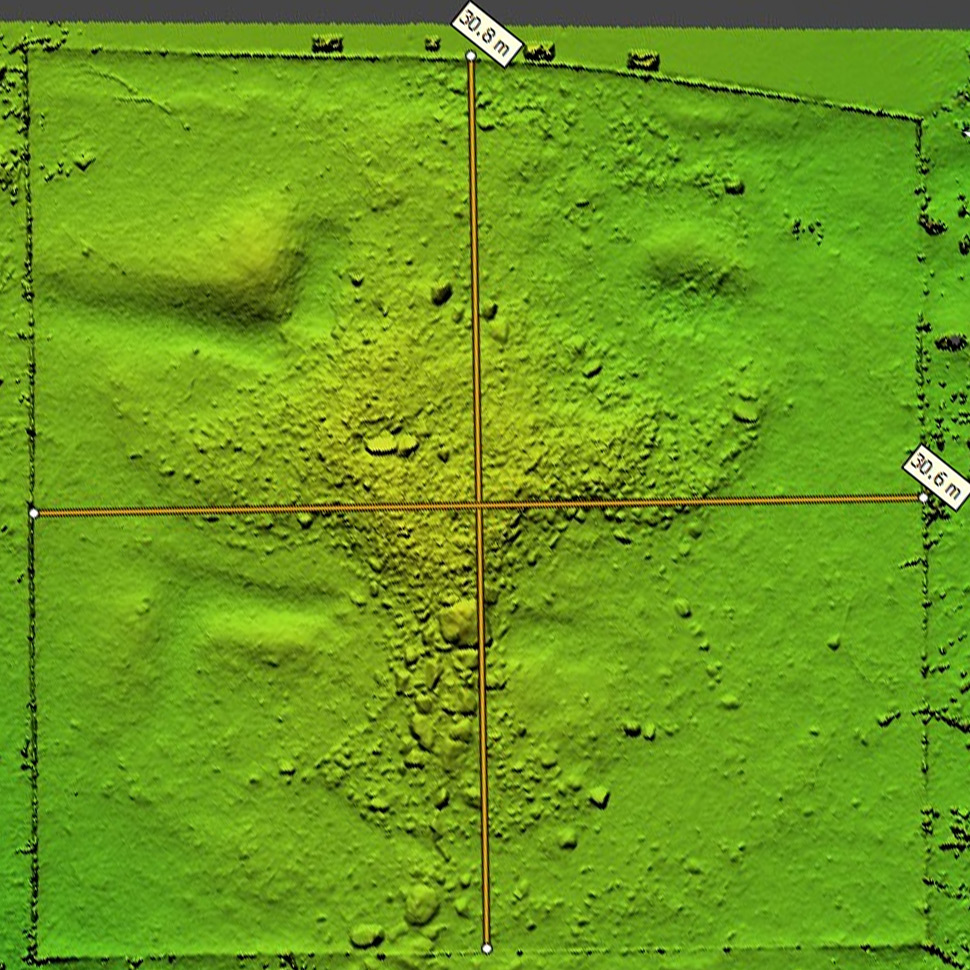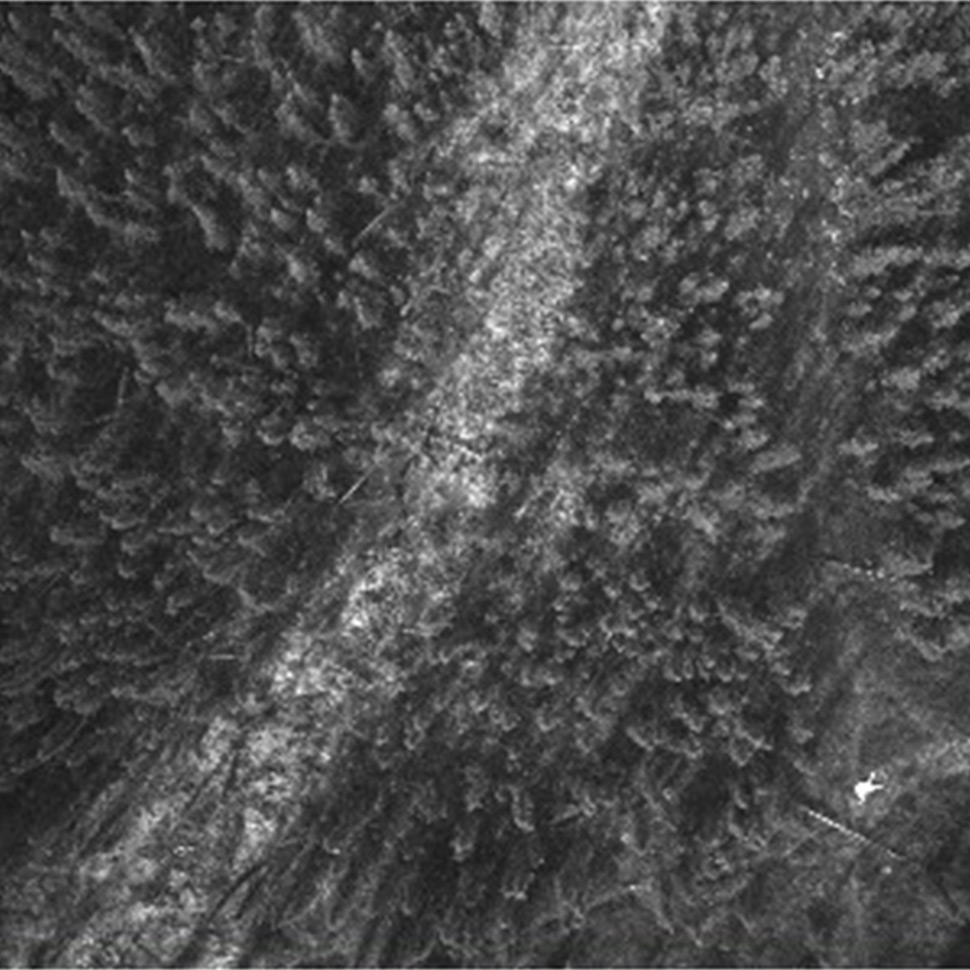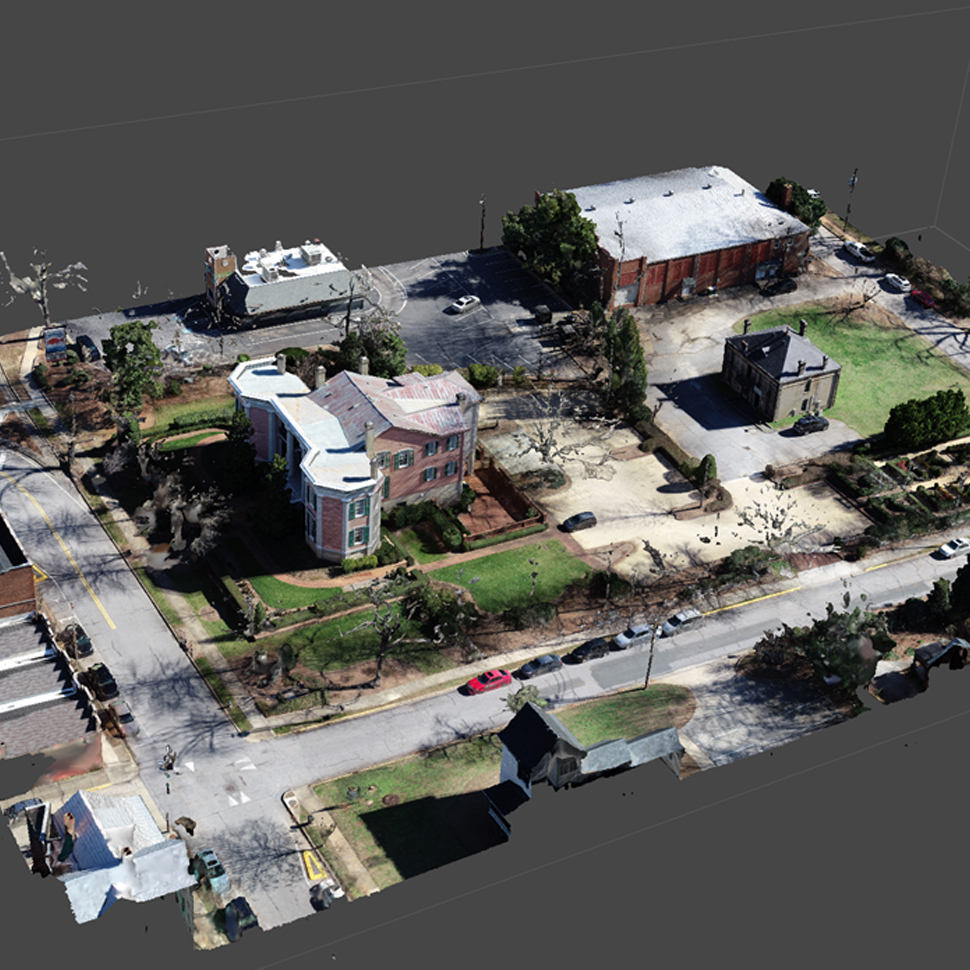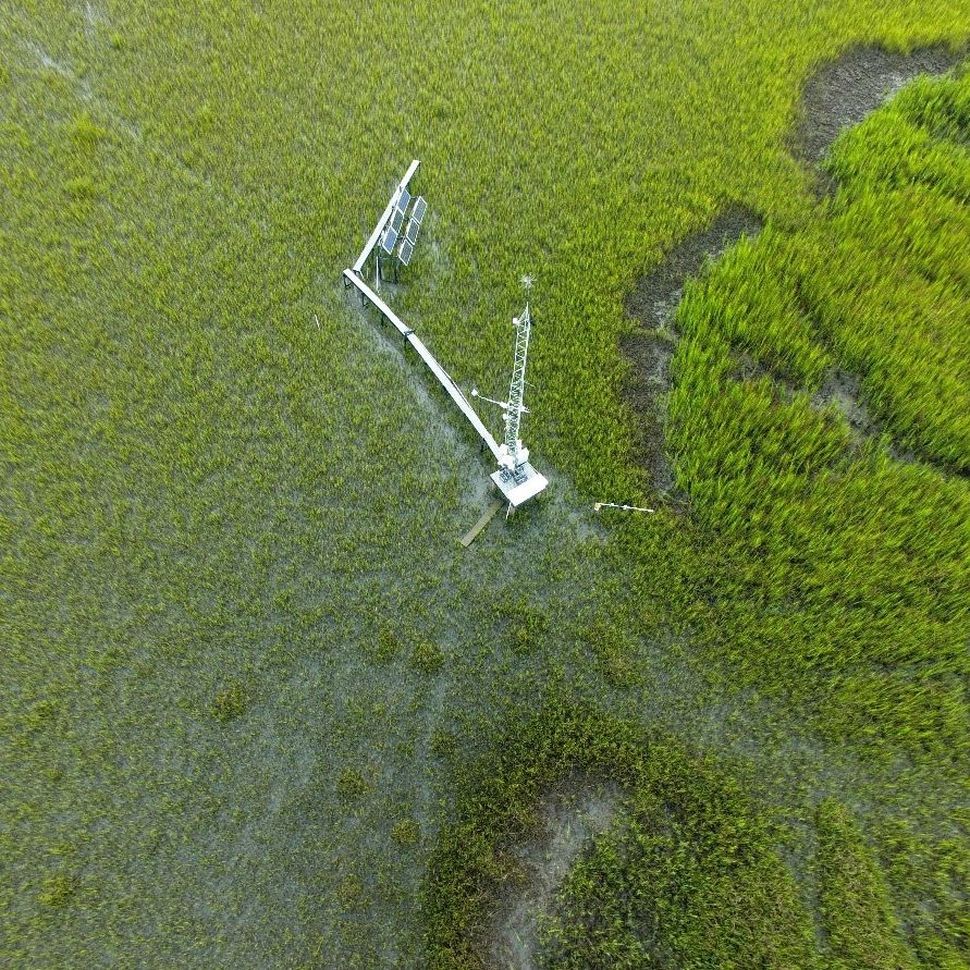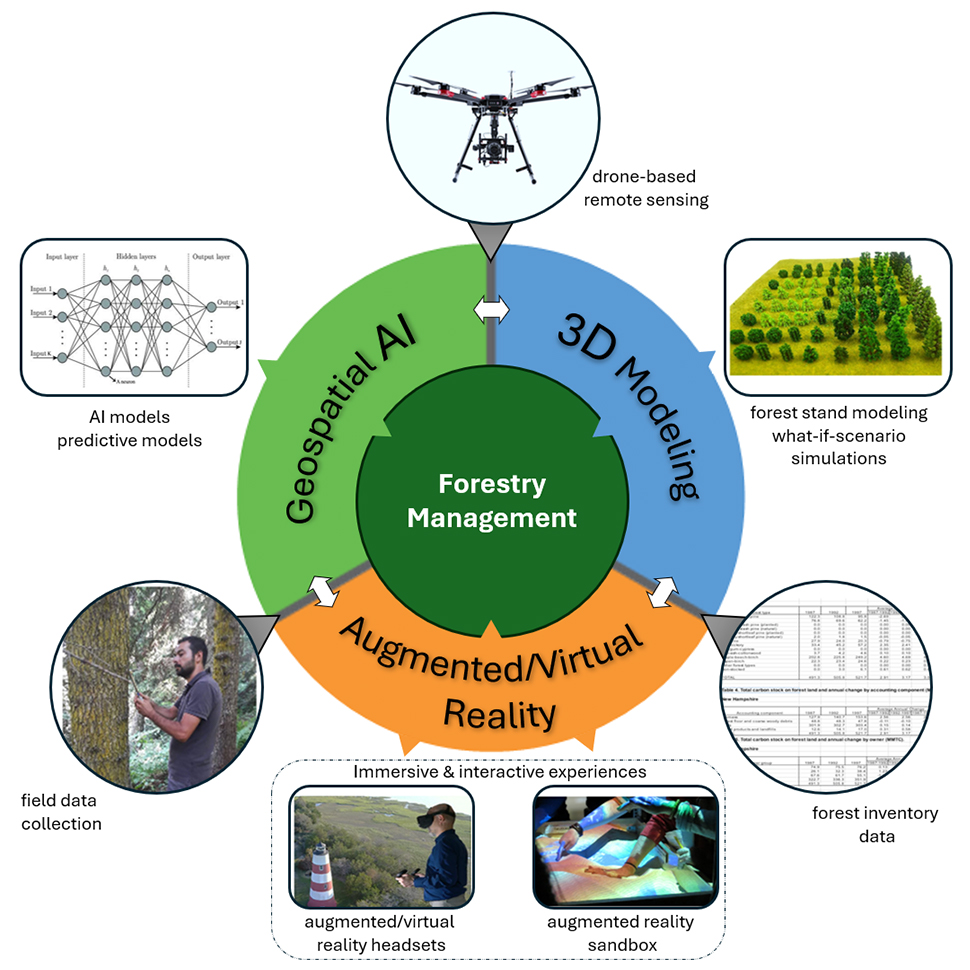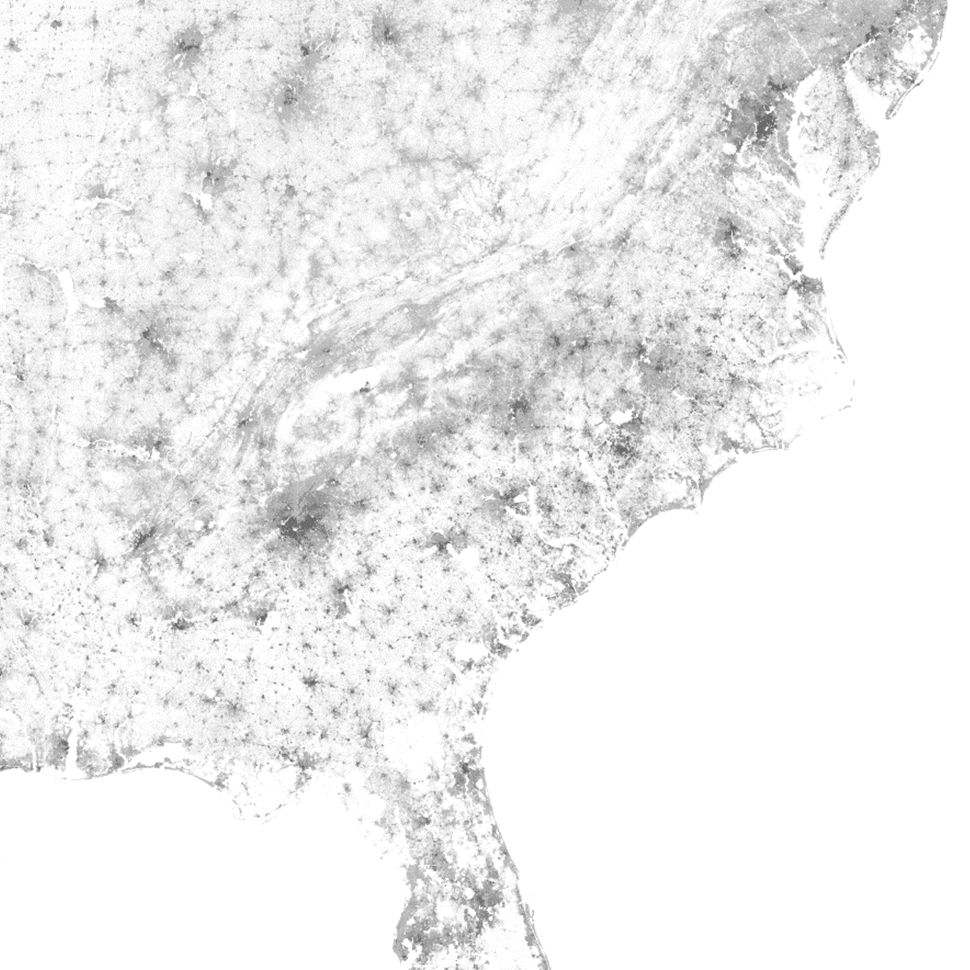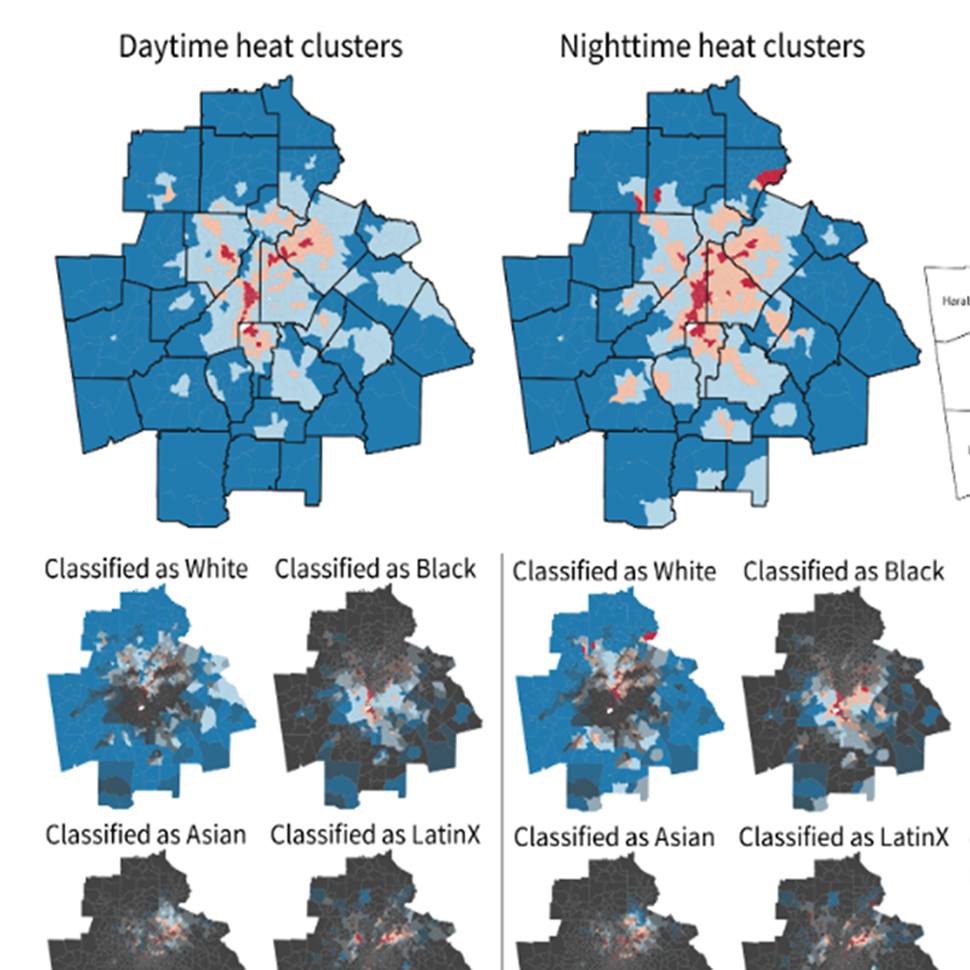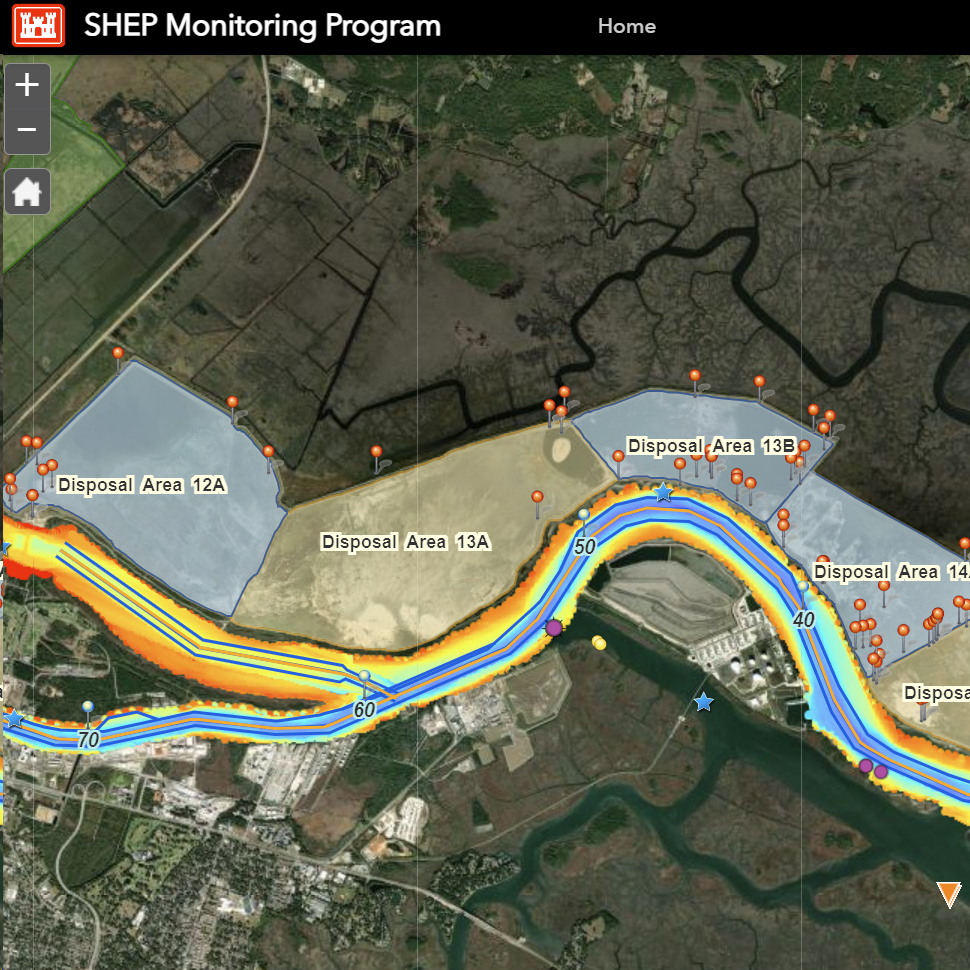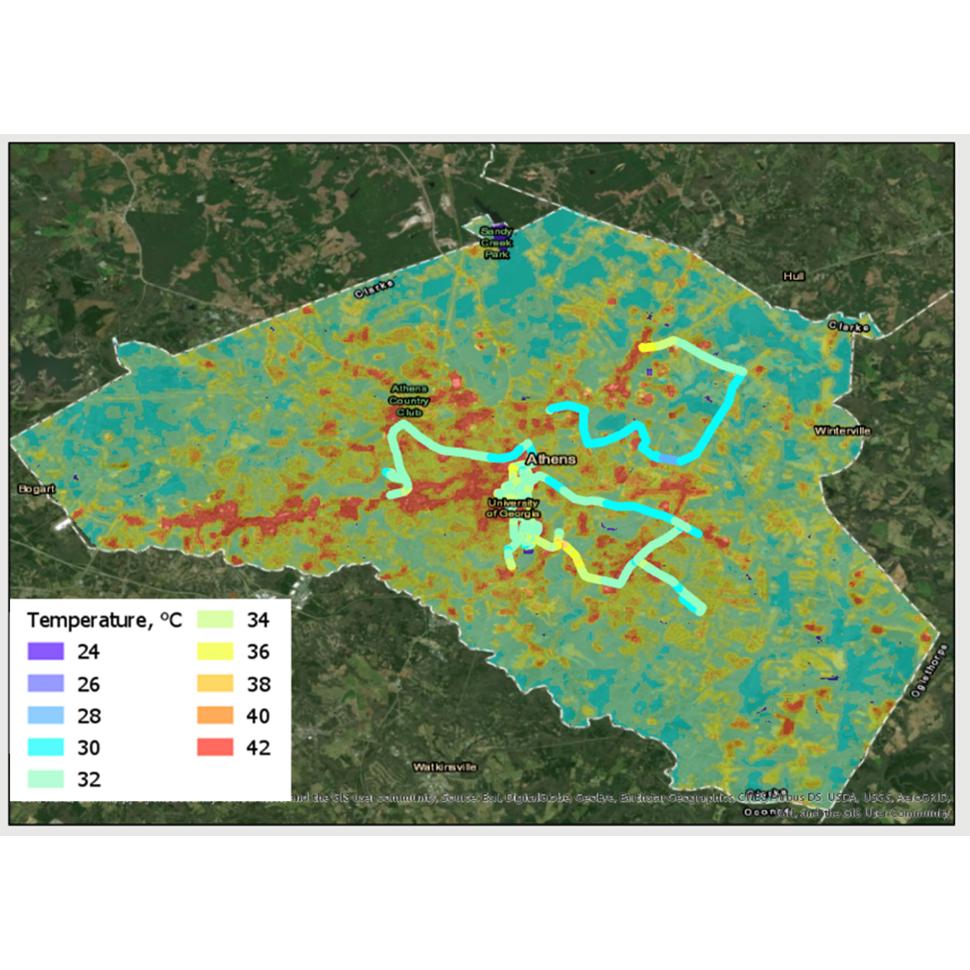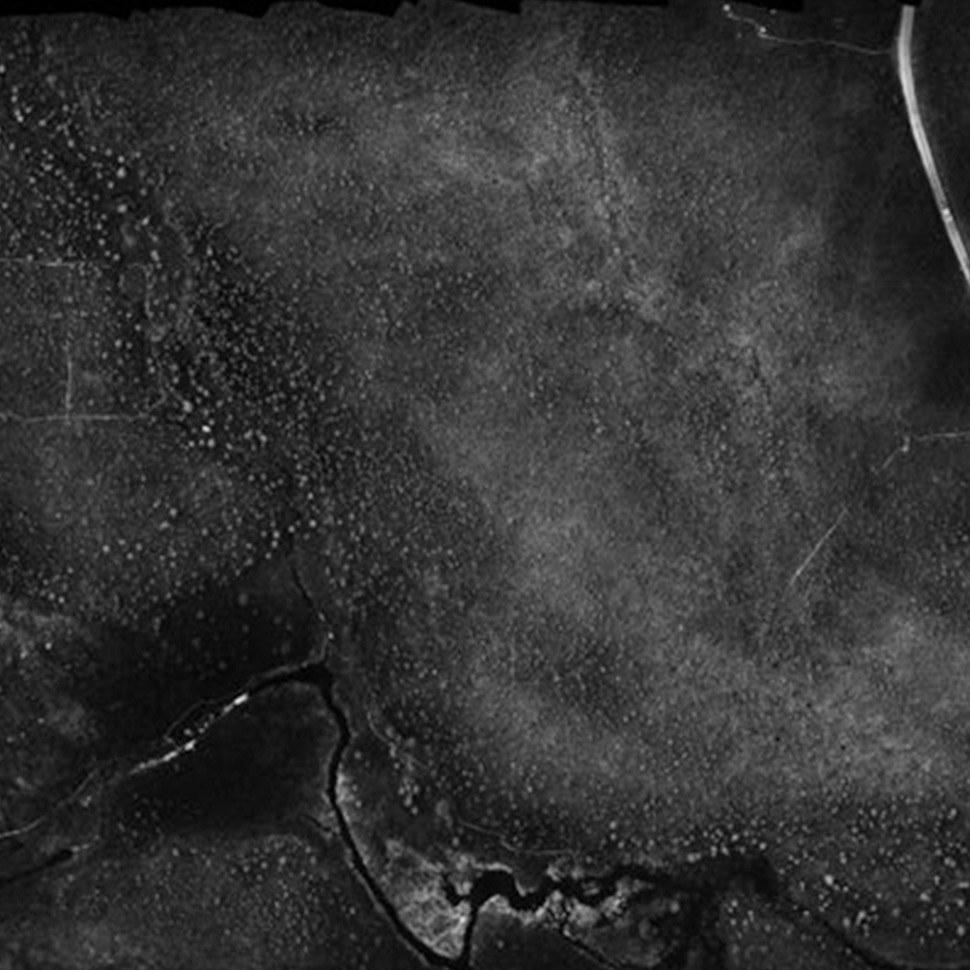
Advanced GeoAI for Terrain Analytics in Cold Regions
Project goals include comprehensive and advanced GeoAI for improved terrain analytics and domain awareness for cold regions emulating Arctic conditions (i.e., Alaska) using uncrewed aerial systems (UAS). It is important to develop 2D/3D enhanced terrain data acquisition, processing, and analytics to support advanced, multi-scale, multi-temporal intelligence preparation of the battlefield (IPB), as well as provisioning geospatial data for anti-access/area denial (A2/AD) intelligence capabilities.
Funding source: U.S. Army Corps of Engineers - Engineer Research and Development Center (ERDC)
Center investigators: Deepak Mishra (PI)
Project webpage: link
